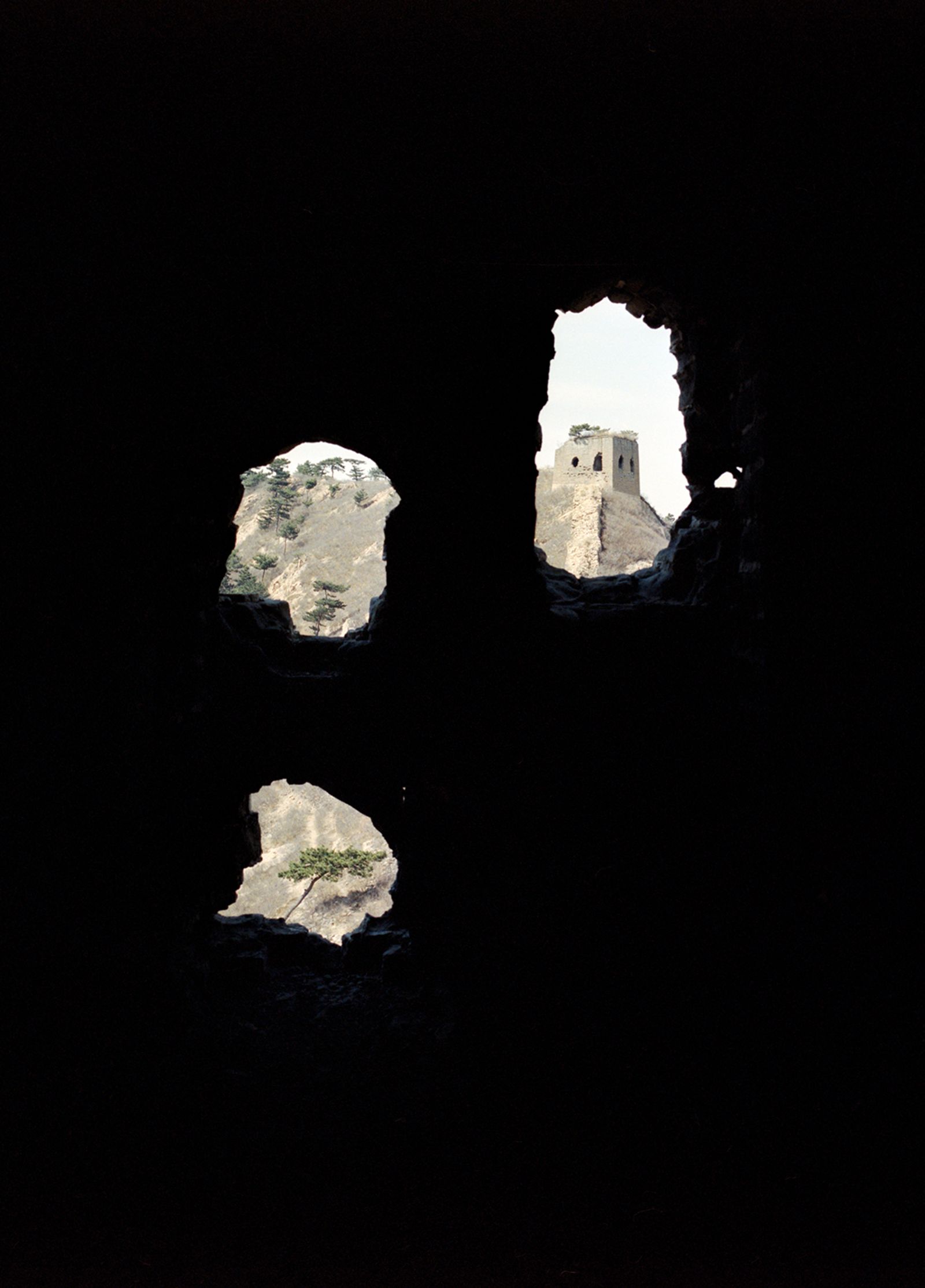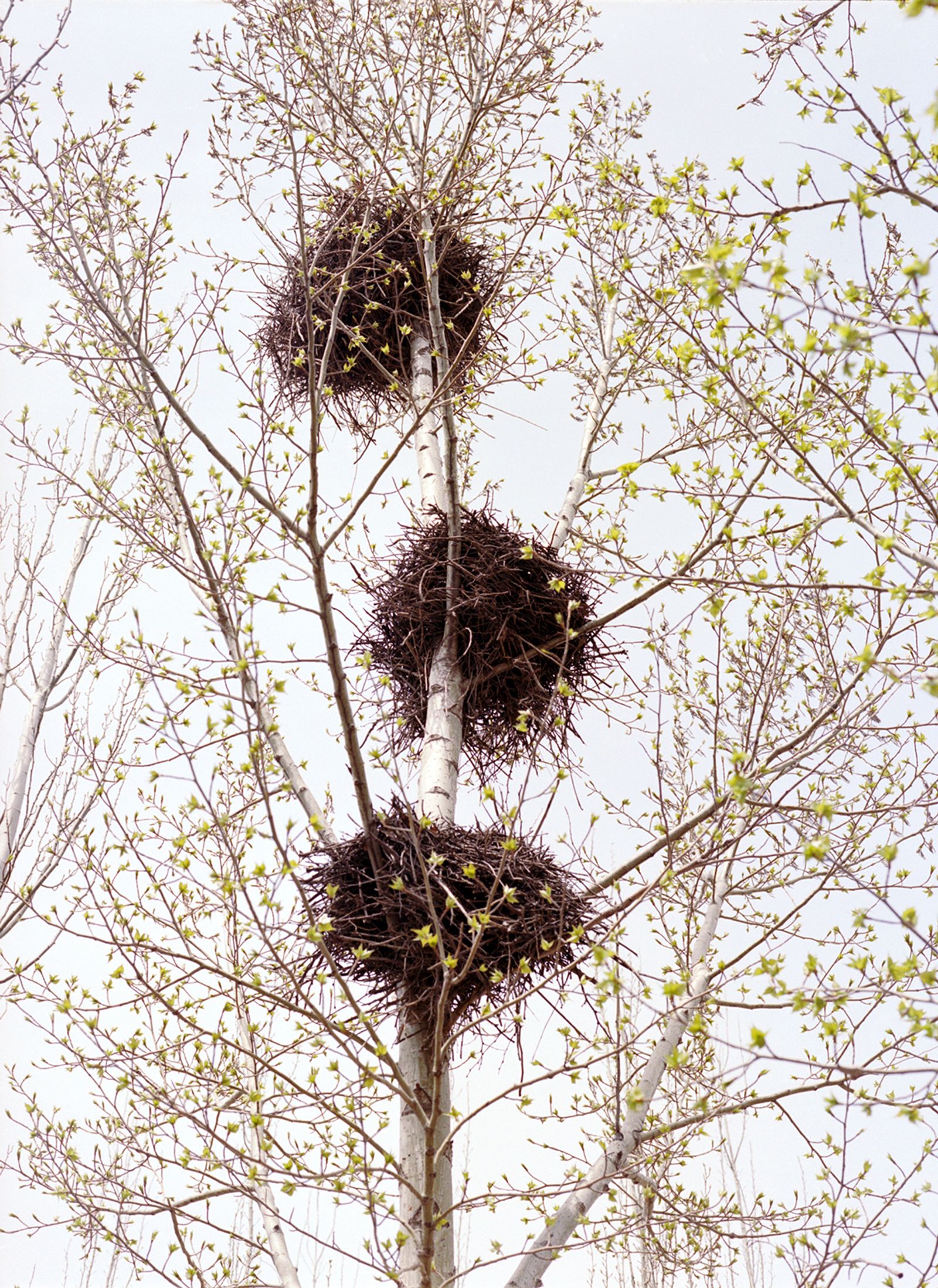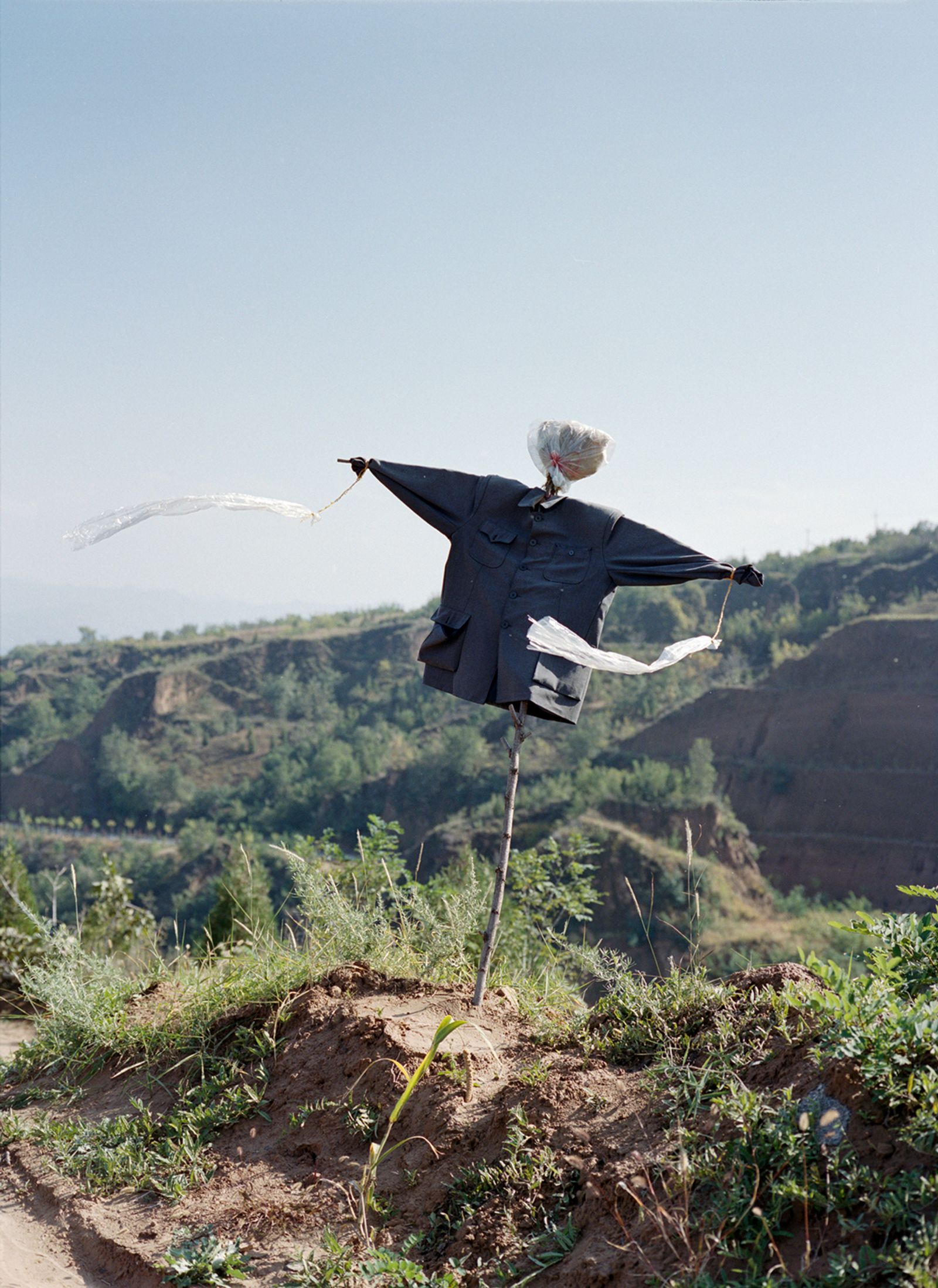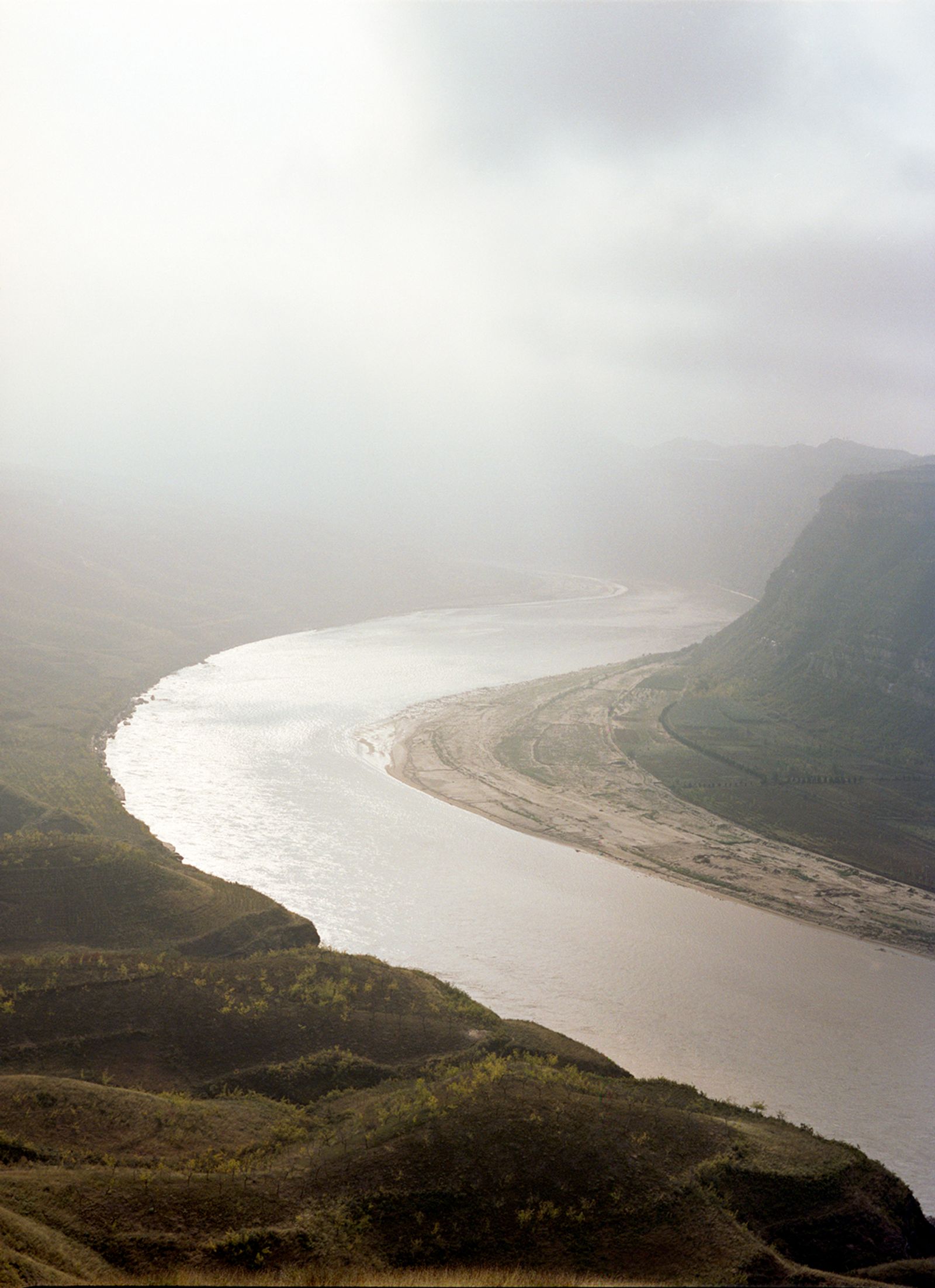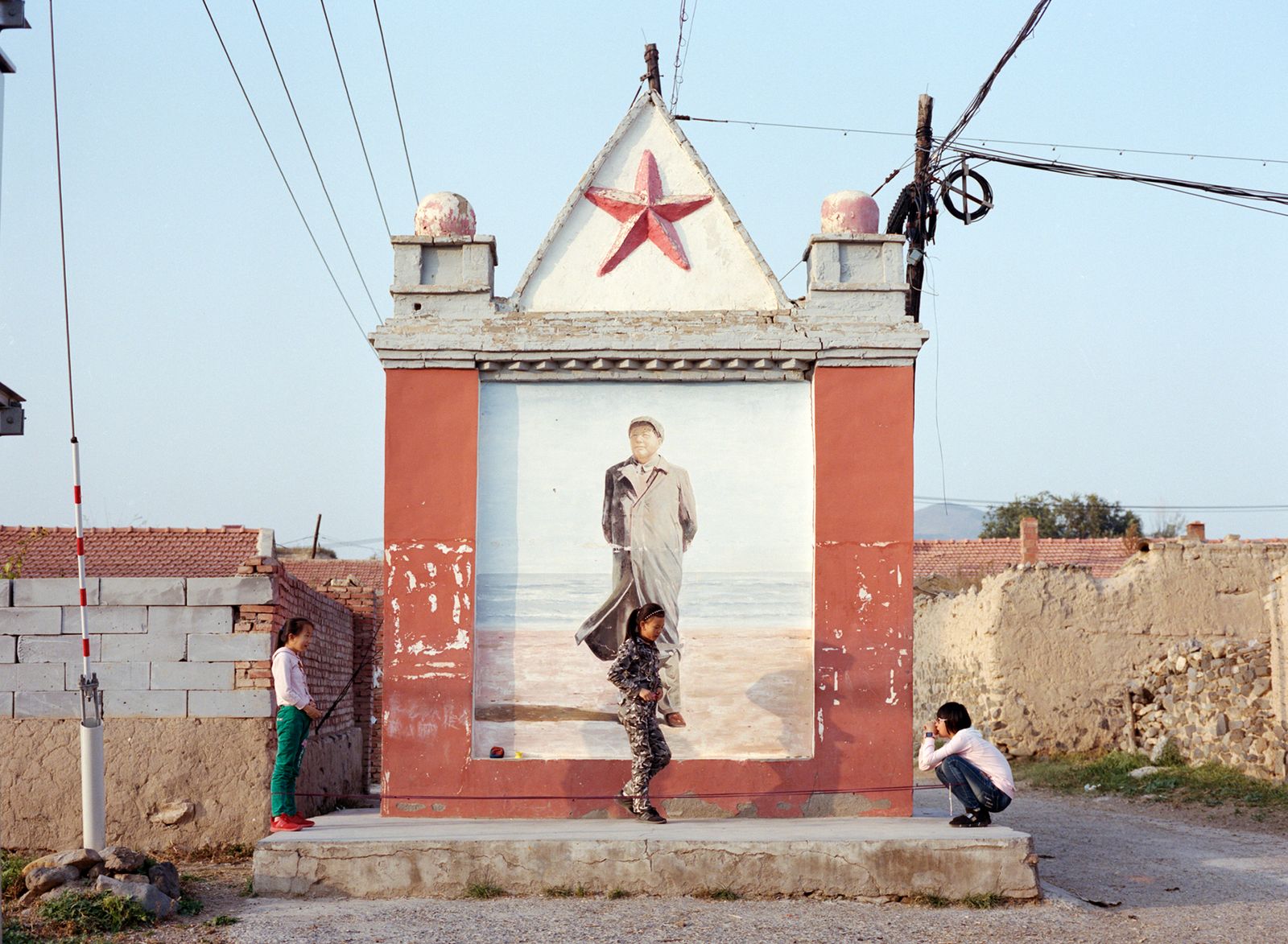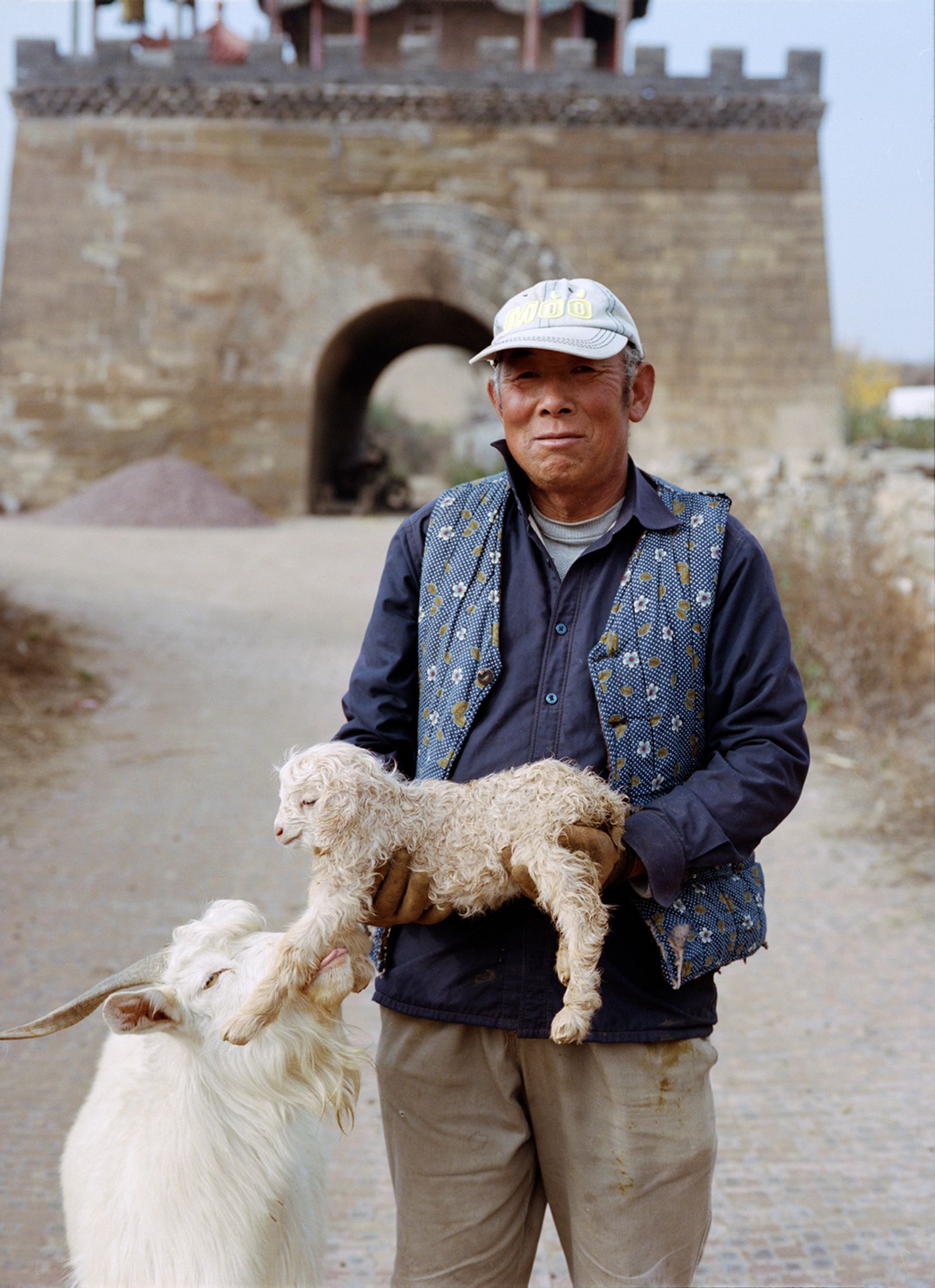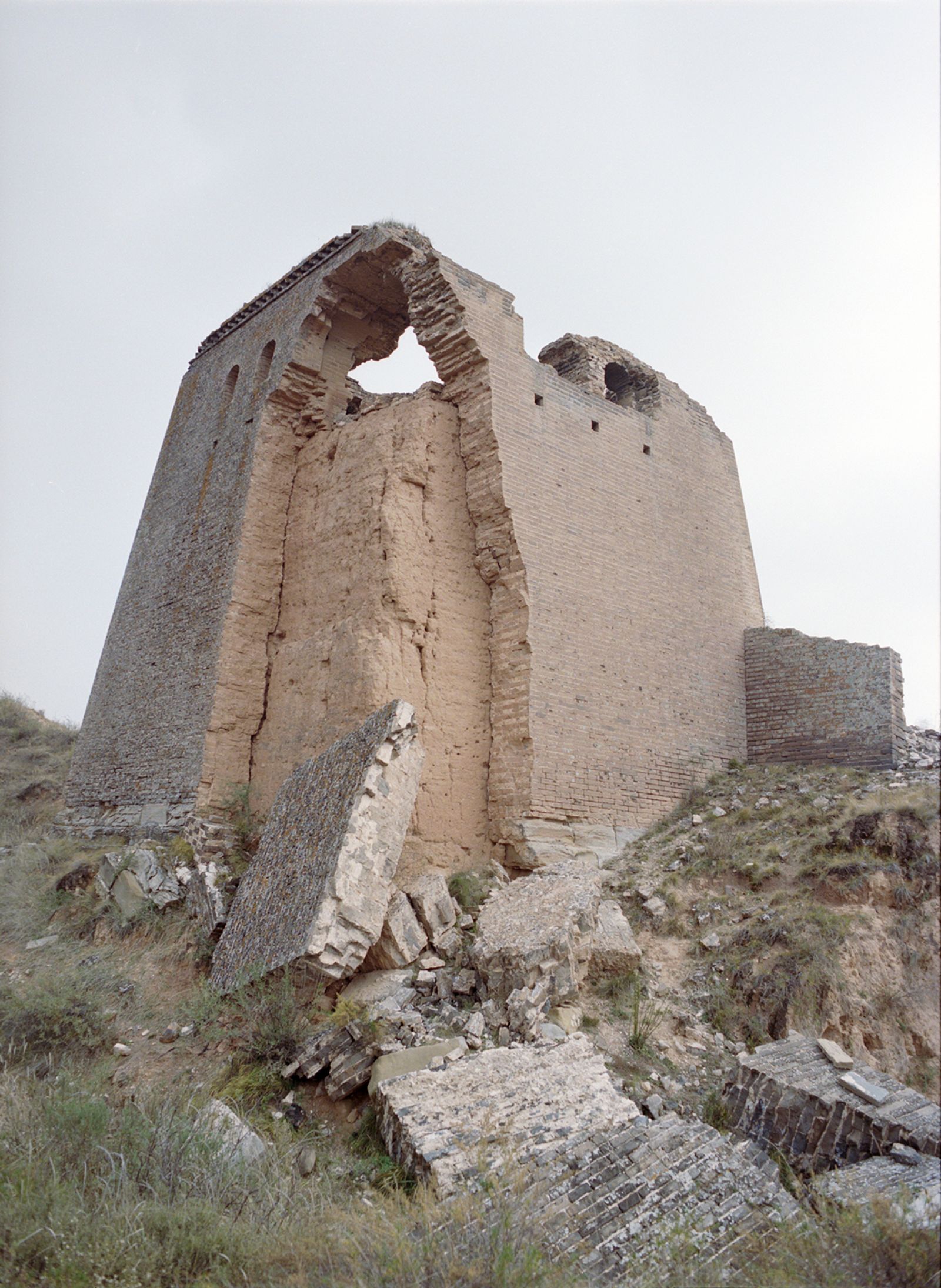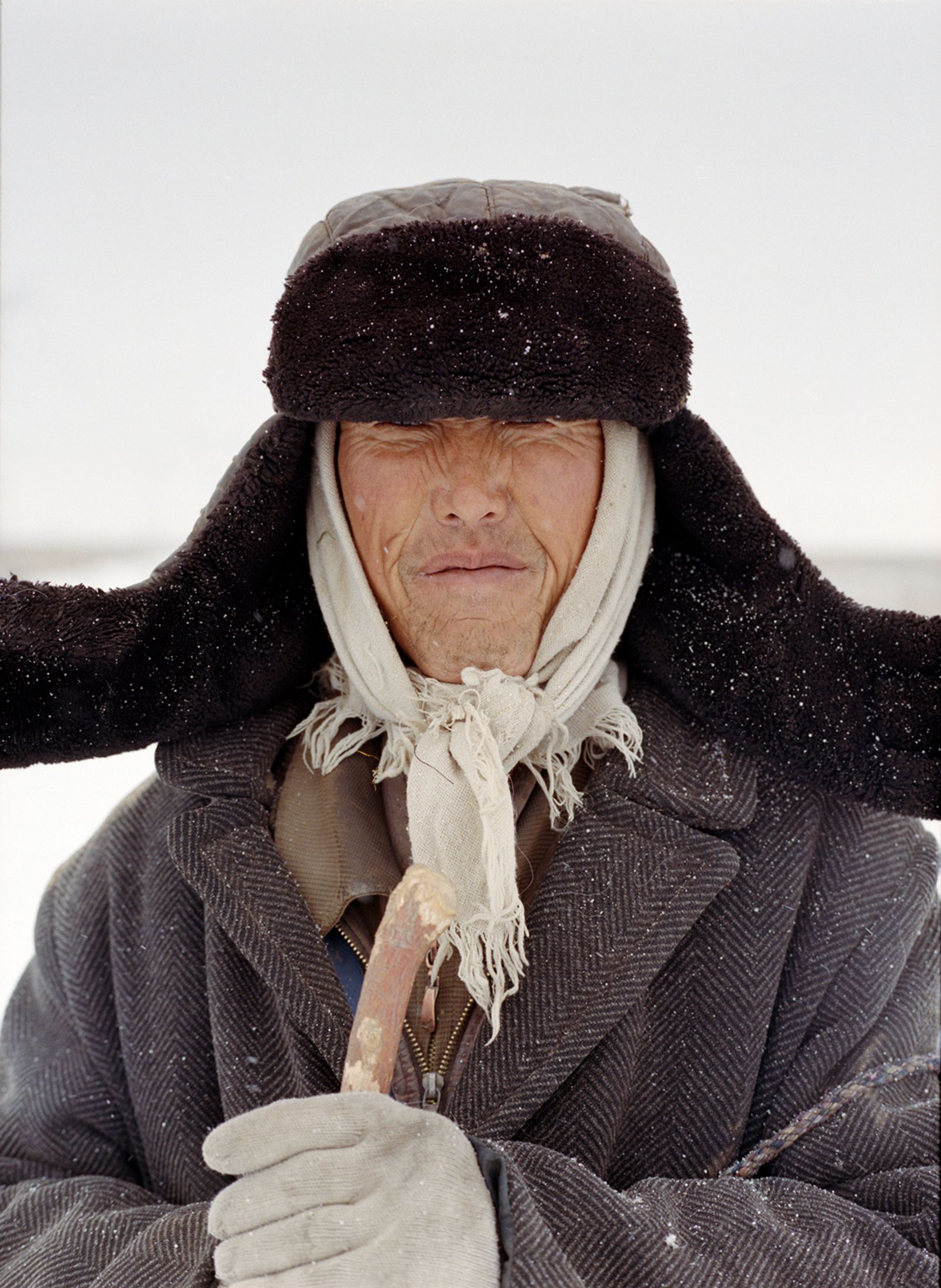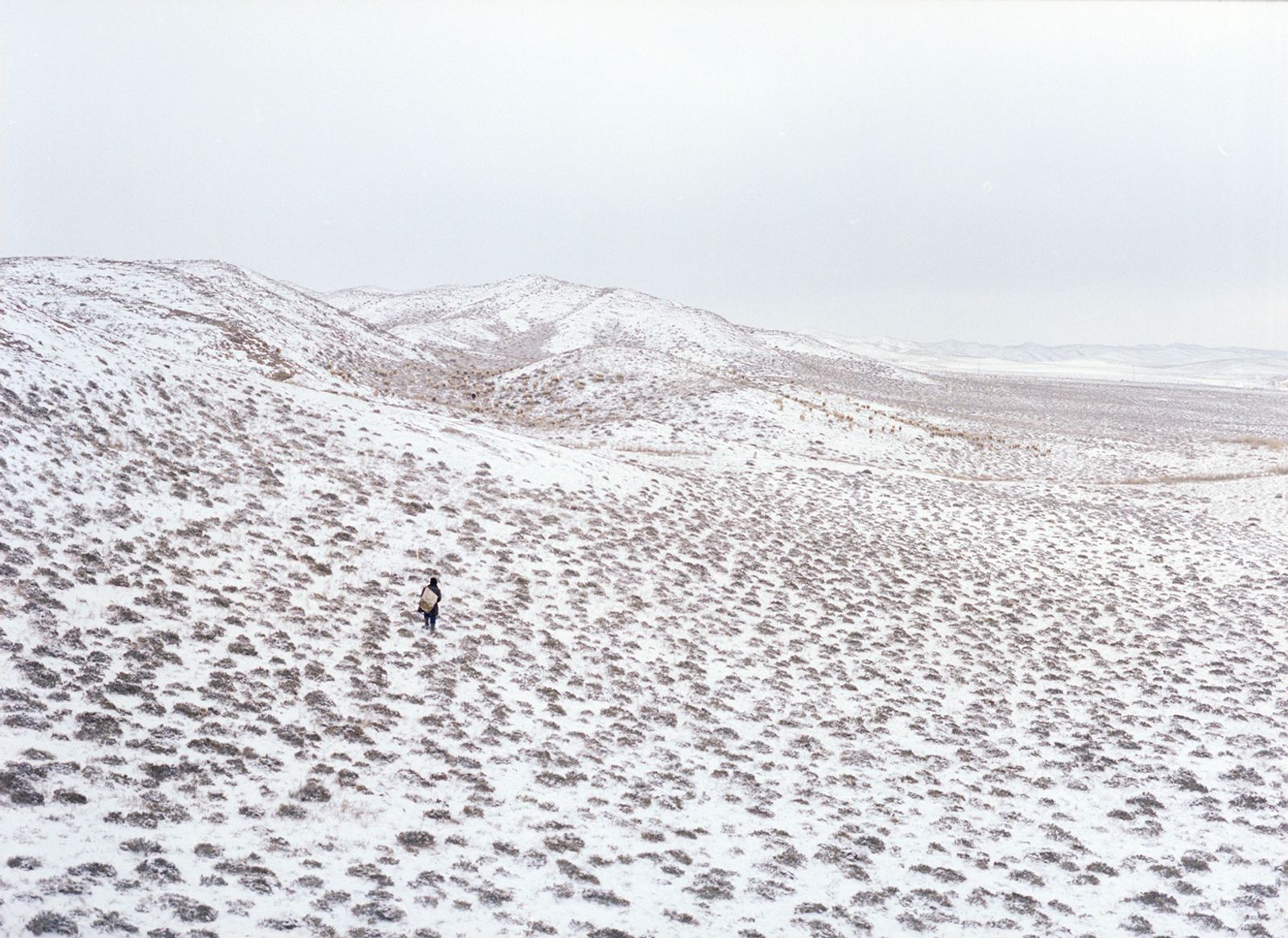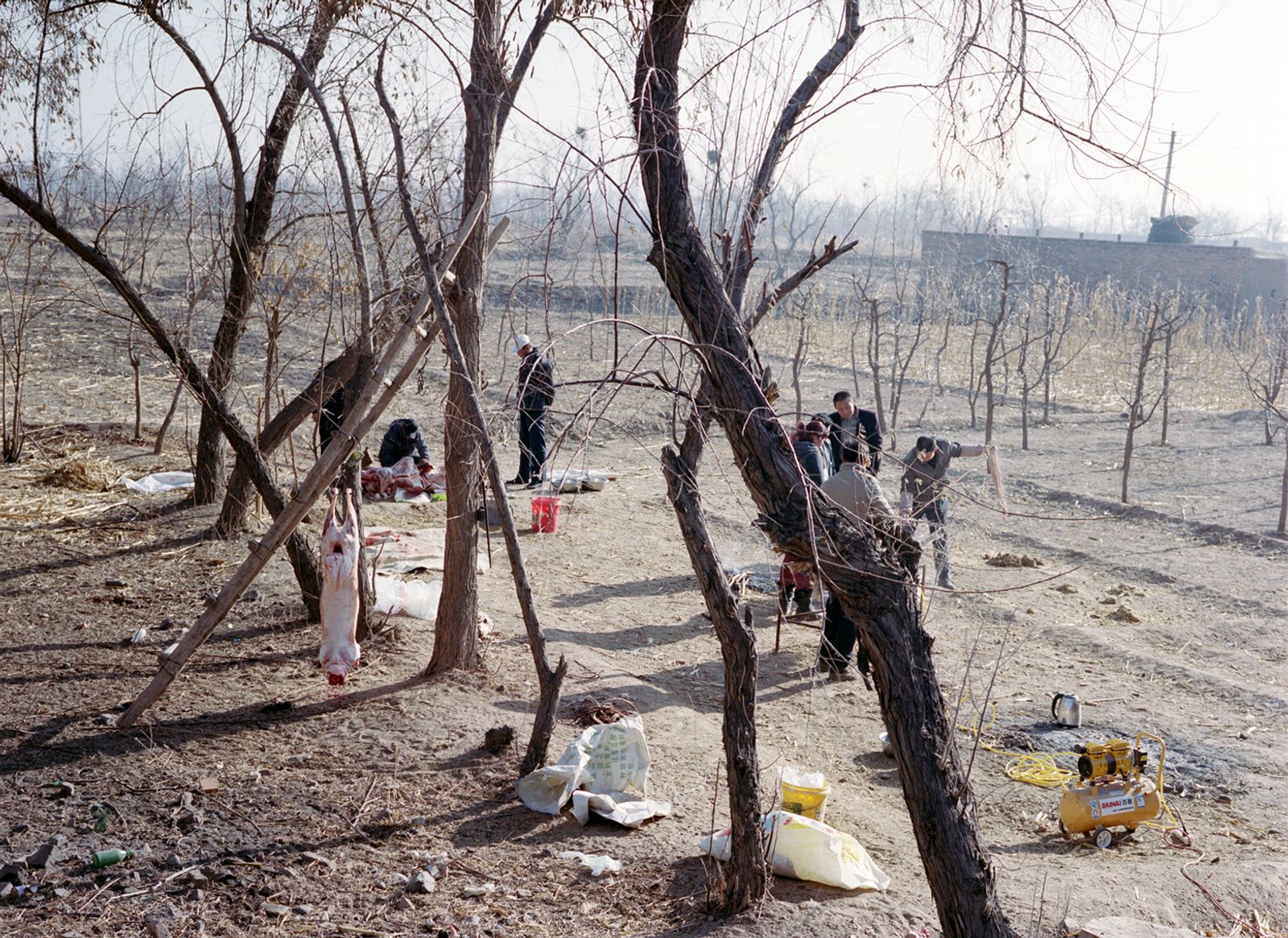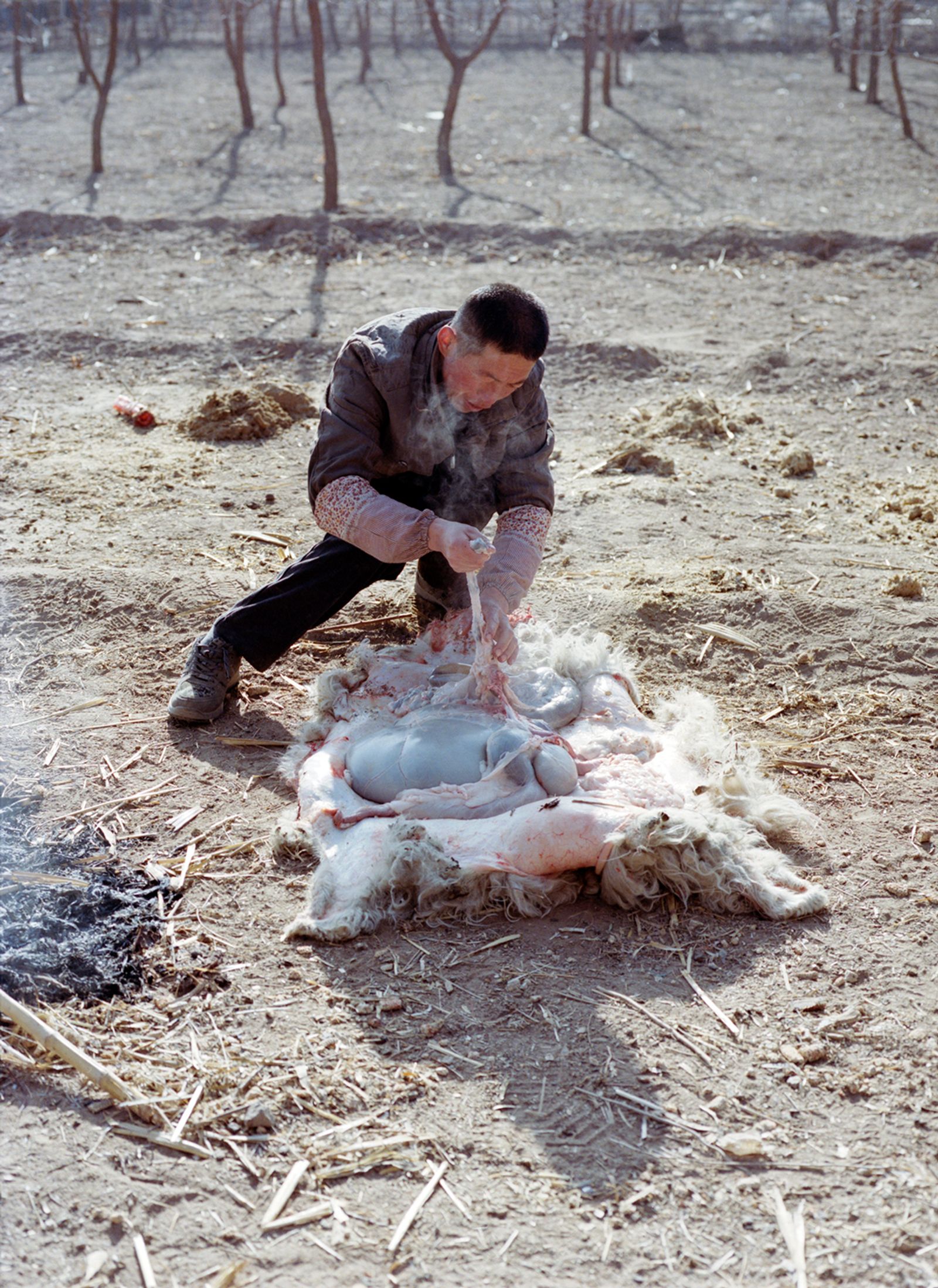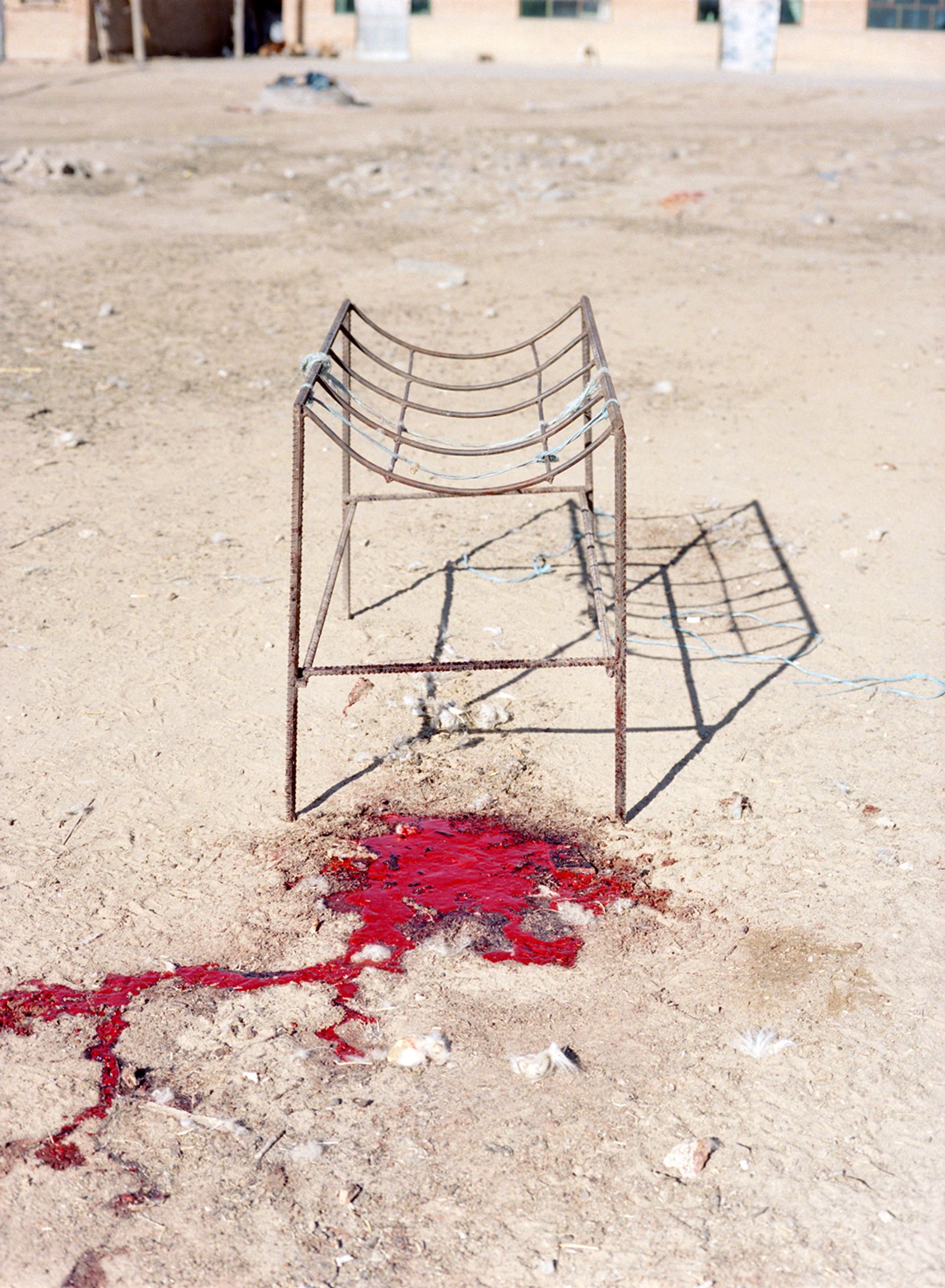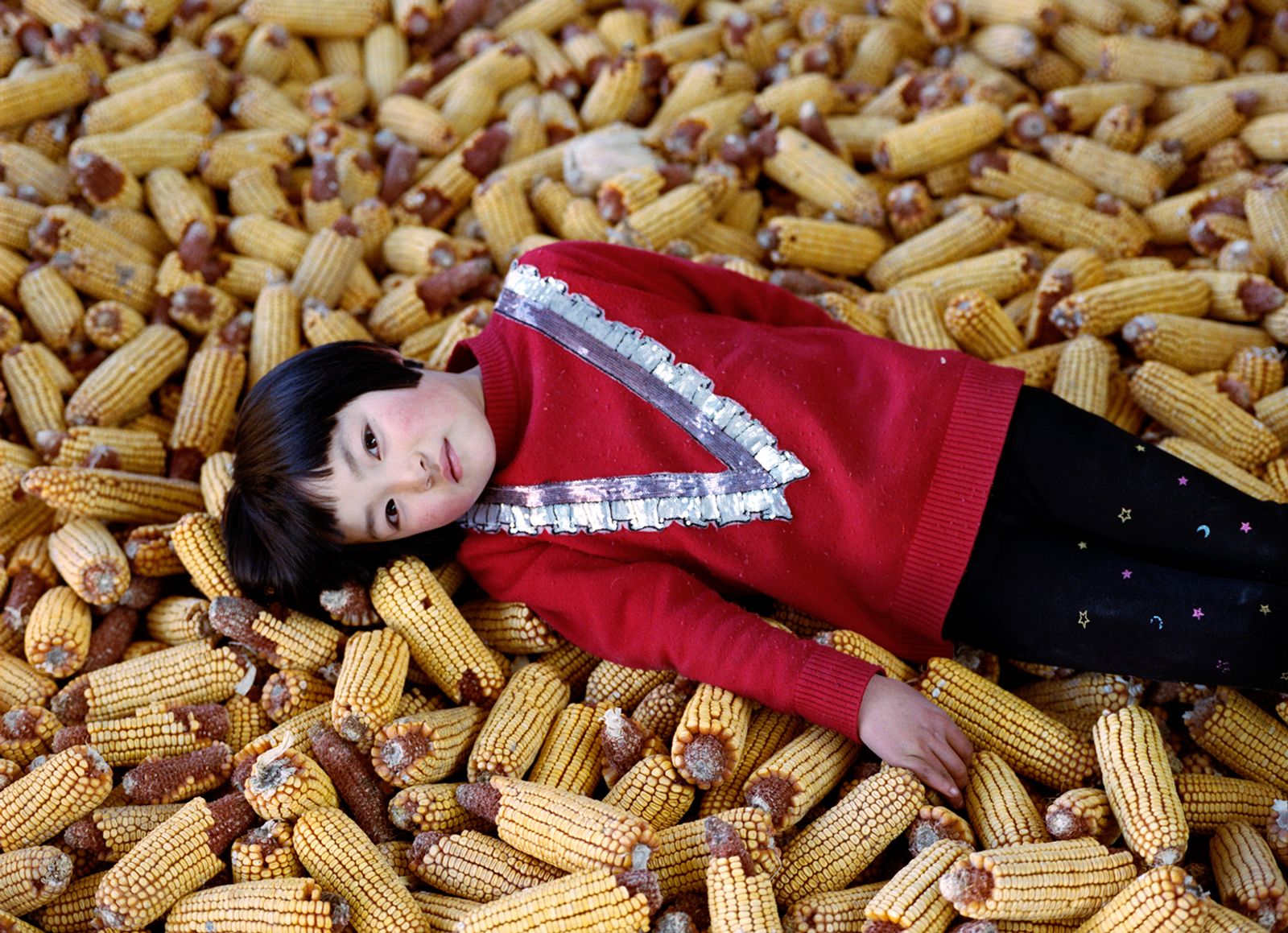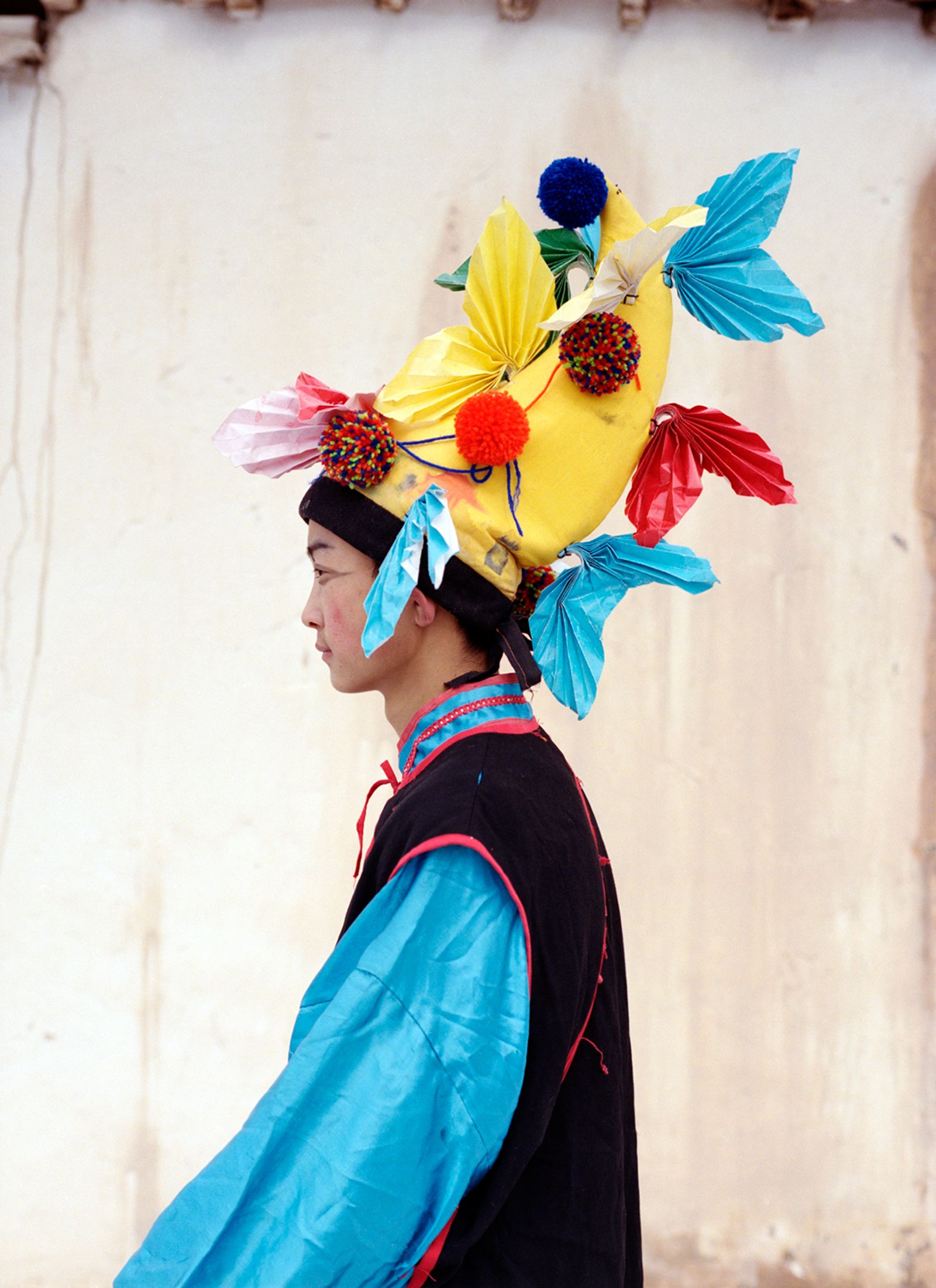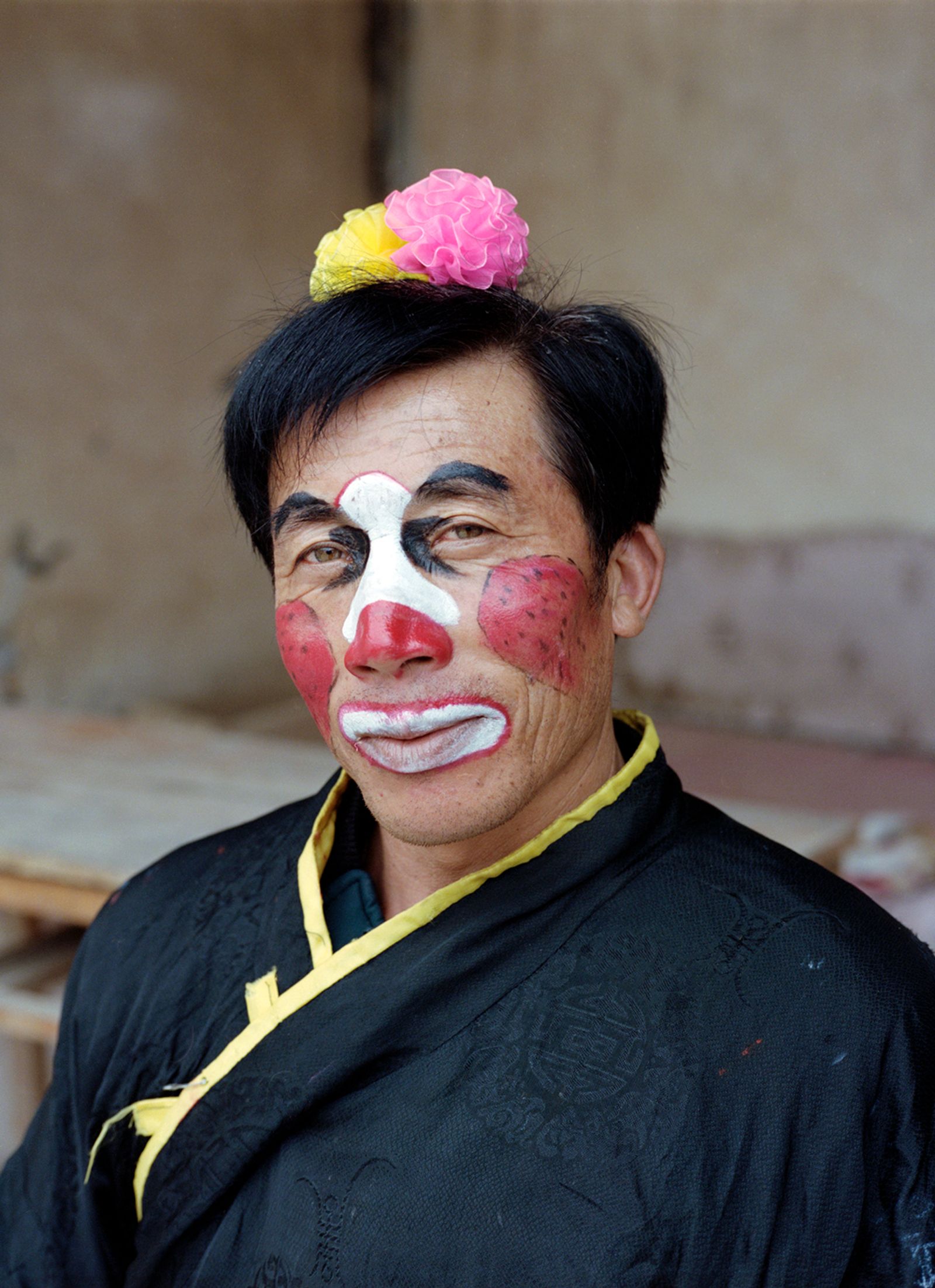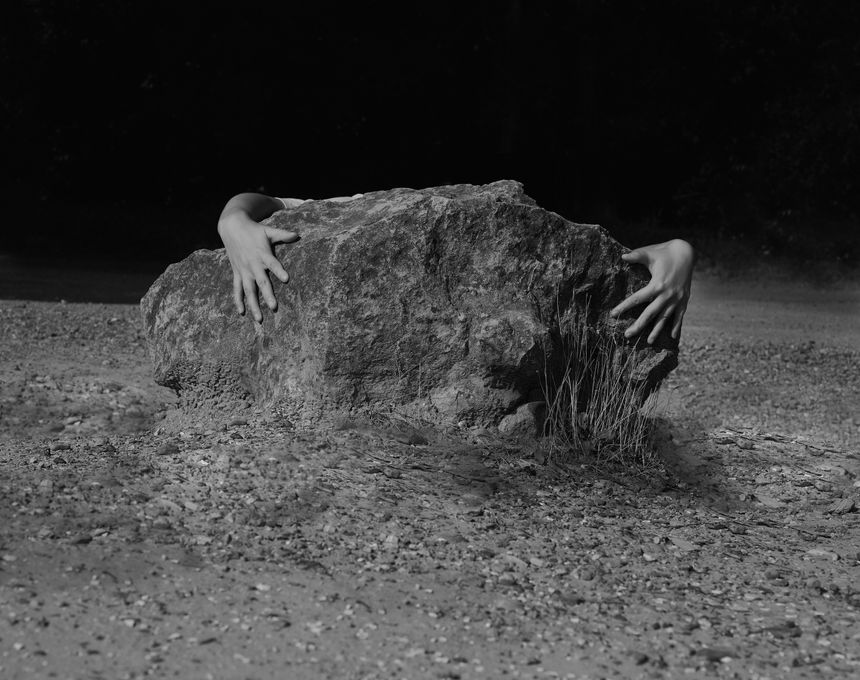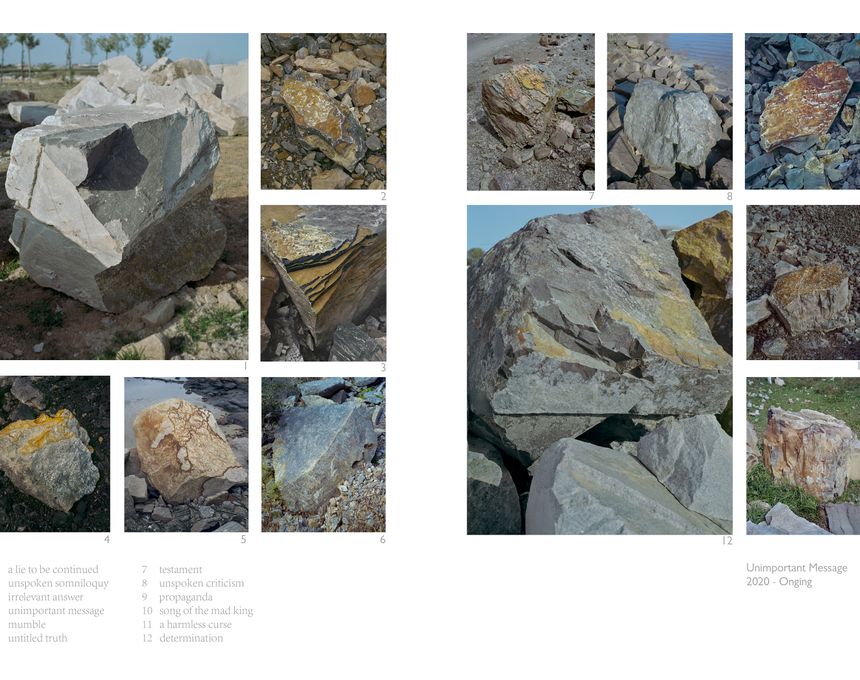Nine Frontier Towns
-
Dates2017 - 2018
-
Author
- Location China, China
Nine frontier towns is a photographic series that portrays life I encountered along the Chinese wall. The journey is planned as a 25,000km road trip that covers the breadth of the Wall across Northern China, which begun in spring 2017 and to be continued until spring 2018.
The initial construction of the Wall took place during the Spring and Autumn Period (771-476 BC) and Warring States period (475-221 BC) when fortifications were built by various states to protect against incoming Nomadic incursions. Numerous expansions were made to the wall by the later dynasties that followed, in particular the Ming dynasty (1369 - 1644), which was the peak of its construction. After the establishment of the Ming Dynasty, the rise of the Jurchen in the North East region posed a significant security threat to the border. In order to consolidate control of the Northern border, the Ming dynasty persisted in the construction for more than 200 years during their reign. The Ming Wall became the most visible parts of the current Wall, which measures 8850km from the Shanhai Pass in the East to the Jiayu Pass in the West.
In the modern era, the Ming wall is generally referred to as the “Great Wall”, however during the Ming dynasty the Chinese knew it as “Nine frontier towns”. The name itself does not refer to the shape, but the key defensive location, the site where the Ming dynasty deployed the epitome of it’s military might. The nine towns that housed this major military force were Liaodong, Jizhou, Xuanfu, Datong, Shanxi, Yulin, Guyuan, Ningxia, and Gansu. These cities connected the wall from the East to the West. Following this path, I embarked on my journey.
I traverse the various provinces where the nine towns lie. In spring I set off from Shanhai Pass, which is in Northeast Hebei by Bo Hai Sea. Passing through the mountainous area followed by Beijing, where the most steep and rugged walls are to be found, I encountered pear and apricot trees blooming on the wall. From here my journey steers me along the loess plateau of Shanxi and Shaanxi, an area where everything is under the shroud of a golden glow. Different to the iconic stone and brick walls in Hebei, the wall has been built with the local rammed earth that is sourced from the Plateau, and carries the color of the ground. Across Ningxia, the wall merely resembles a pile of sand as if it was neglected by its builders and forgotten by time. Winter is when my trip ultimately comes to a halt in the desert of Gansu by the Jiayu Pass, the west end of the Ming wall.
Travelling by car, I frequently stopped along the route, to engage in conversation with the locals and engross myself with their tales living along the wall. Some enthusiasts are known as “the wall protectors” as they have devoted their lives to protect the wall: patrolling the wall every week to prevent it from damage; preserving the unearthed cultural relics to maintain the tradition, and researching the history of the wall construction for better understanding. I collected their findings, writings, and research to allow myself to gain a thorough and measured impression of the Ming wall.
My goal is to discover the impact of China’s rapid growth on this historic site. What does the wall construction reflect in present time? Which elements have disappeared and which remnants have survived? It is said that the only inhabitants there are those who are left behind: the elderly, the children and the disabled. Is this true? How is the life in the villages? It has been predicted that as a result of urbanization, the children who have remained will be the last generation to reside in the villages. The people, the traditions and the places are beginning to dissipate as pages fall off the calendar. My work focuses on the visual transformation during this process. Going place to place, I try to catch a glimpse of the past, before this region succumbs to modernization.
Like a river, the Wall meanders through time and space. Instead of viewing it as a barrier laden with meanings, I prefer to see it less defined, like a steady stream of water, emanating from the ancient world to the present, flowing, and changing constantly.
I want to capture the ordinary, everyday life of people, grabbing the desolate atmosphere and melancholic state of time, which is something mythical, undefined and elusive.
